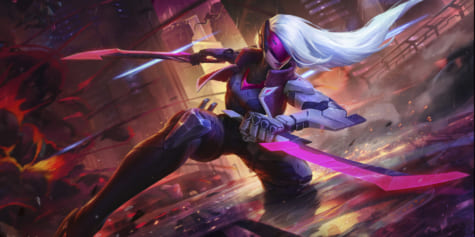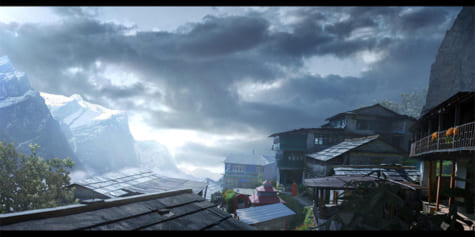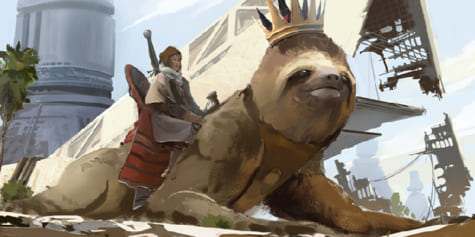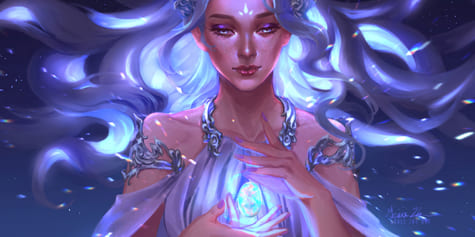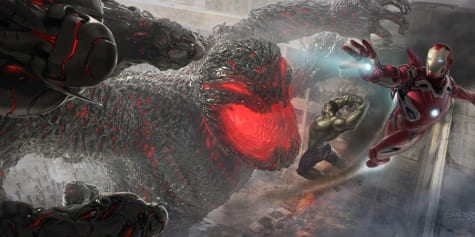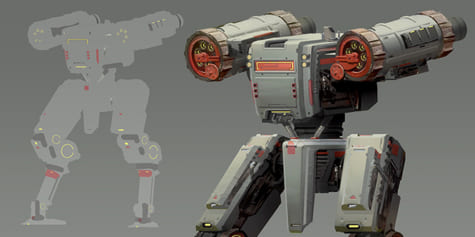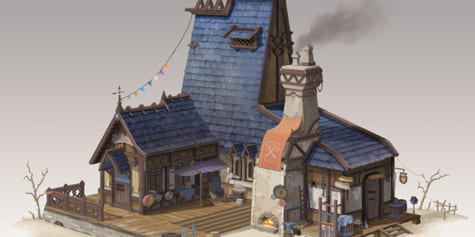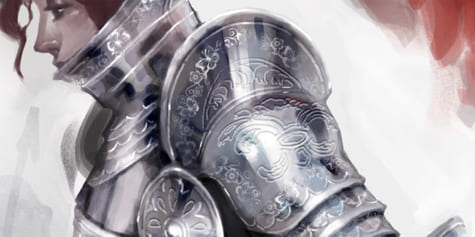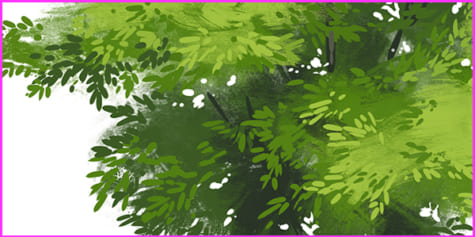An Introduction to Matte Painting
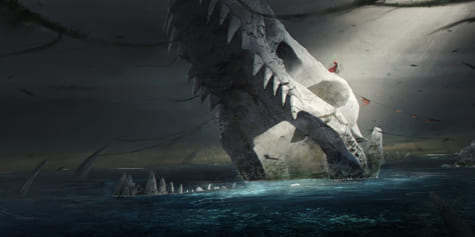
Matte painting is the creation of imaginary or realistic sets for filmmaking, movies, and video games with digital or traditional painting. It grants access to places that cameras cannot reach and helps build fictional universes. Benjamin Nazon explains how to use this technique for extensive backgrounds without creating physical props or buildings.
Traditional Matte Painting Before the Digital Era
Matte painting appeared around the 1800s and back then consisted of integrating black painted glass screens into background elements once the movie was filmed entirely. The first forms of “true matte painting” appeared in 1930 to create backdrops such as barracks, castles, and islands for movies like King Kong or Dracula. The most impressive matte painting displays were created in 1960 for Mary Poppins and Planet of The Apes. They are still considered nowadays to be fascinating references in the universe of matte painting.
Before becoming digital, this technique was performed by painters. Using sketches as reference and pastel or acrylic paint as tools, they painted set pieces on glass screens of various sizes before integrating them into movie backgrounds. This approach was used in many cult movies such as the original Star Wars Trilogy and Indiana Jones.
The inspiring article below shows some of the first matte paintings made in the 1970s for Star Wars by famous artists such as Chris Evans. This technique played a considerable part in the success and the appeal of saga when it was released.
23 Gorgeous Matte Paintings From The Original Star Wars Trilogy
The last traditional matte paintings were made in 1997 for the movie Titanic. However, the technique remains to this day in various industries such as filmmaking and video games with fantastical settings.
Modern Digital Matte Painting
Artists switched their tools to digital ones once they started to increase in availability and popularity. The technique was then renamed digital matte painting. An array of software is now commonly used, such as Photoshop and Clip Studio Paint, for techniques like photobashing and overpainting on photographs to create 2D paintings. Maya and 3ds Max are typically used for 3D projects, and Nuke for the compositing process. Computers offer the opportunity to create backgrounds easily, as well as to create variations in atmosphere, weather, and time of day. Most importantly, digital tools make matte paintings more realistic than ever to the eyes of the audience.
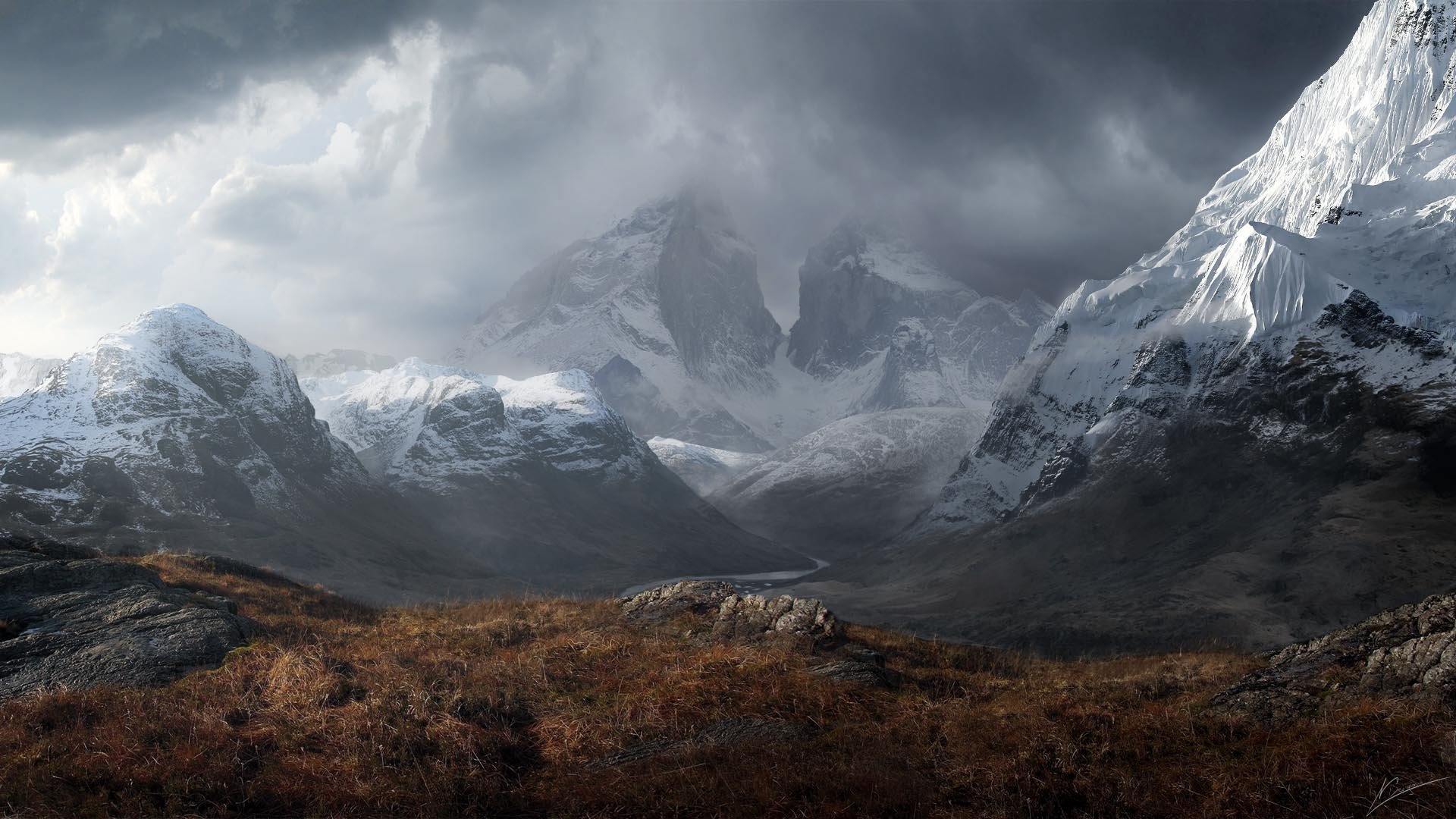
Digital technology brought another significant improvement to matte painting: 3D effects! This new possibility has two main benefits; the opportunity to animate 2.5D shots with 3D cameras (camera mapping) and the chance to create sophisticated and complex universes such as whole cities, planets, and forests. However, a higher level of skills is required for 3D creation, including texturization, lighting, and the ability to apply the backgrounds for photorealistic results!
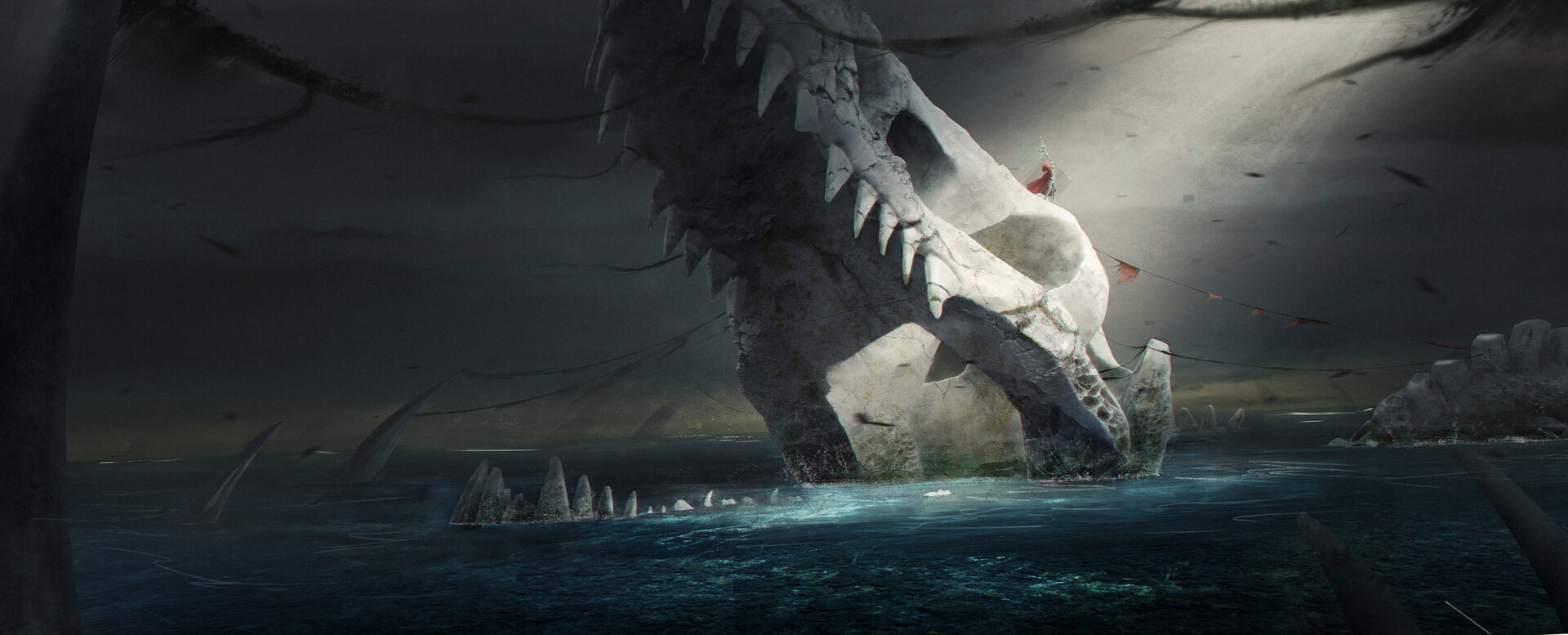
Common Types of Matte Painting
Set extensions
Set extensions are a common thing in the world of cinema. The process consists of adding buildings or trees on the background of an image. The same technique is also used to spread the water of lakes in the foreground, for example.
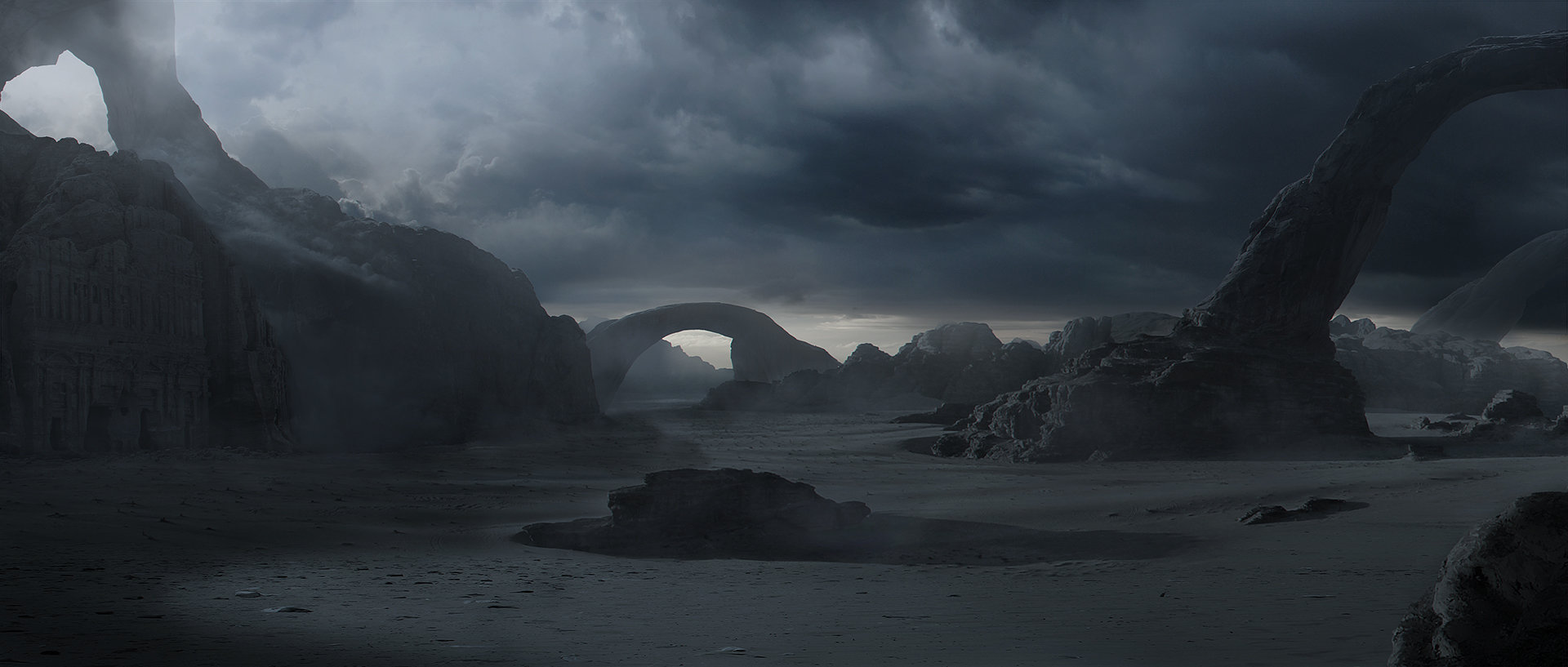
Sky painting
Digital matte painters (or DMP artists) receive a lot of assignments for sky creation or modification according to movie needs or genre (sci-fi, fantasy, etc.).

Industries Using Matte Painting
An eclectic mix of digital art, photo blending, deformation, and 3D effects, digital matte paintings are not only used for films. They are recently also used for creating both print and video commercials, and for backgrounds and skies for video games. For example, most of the mountains, buildings, and distant elements of First Person Shooting games (FPS) are often matte painted. It’s also a handy technique for creating concept art and illustrations. The only barriers are your imagination and your skills, which can be improved through time and effort.
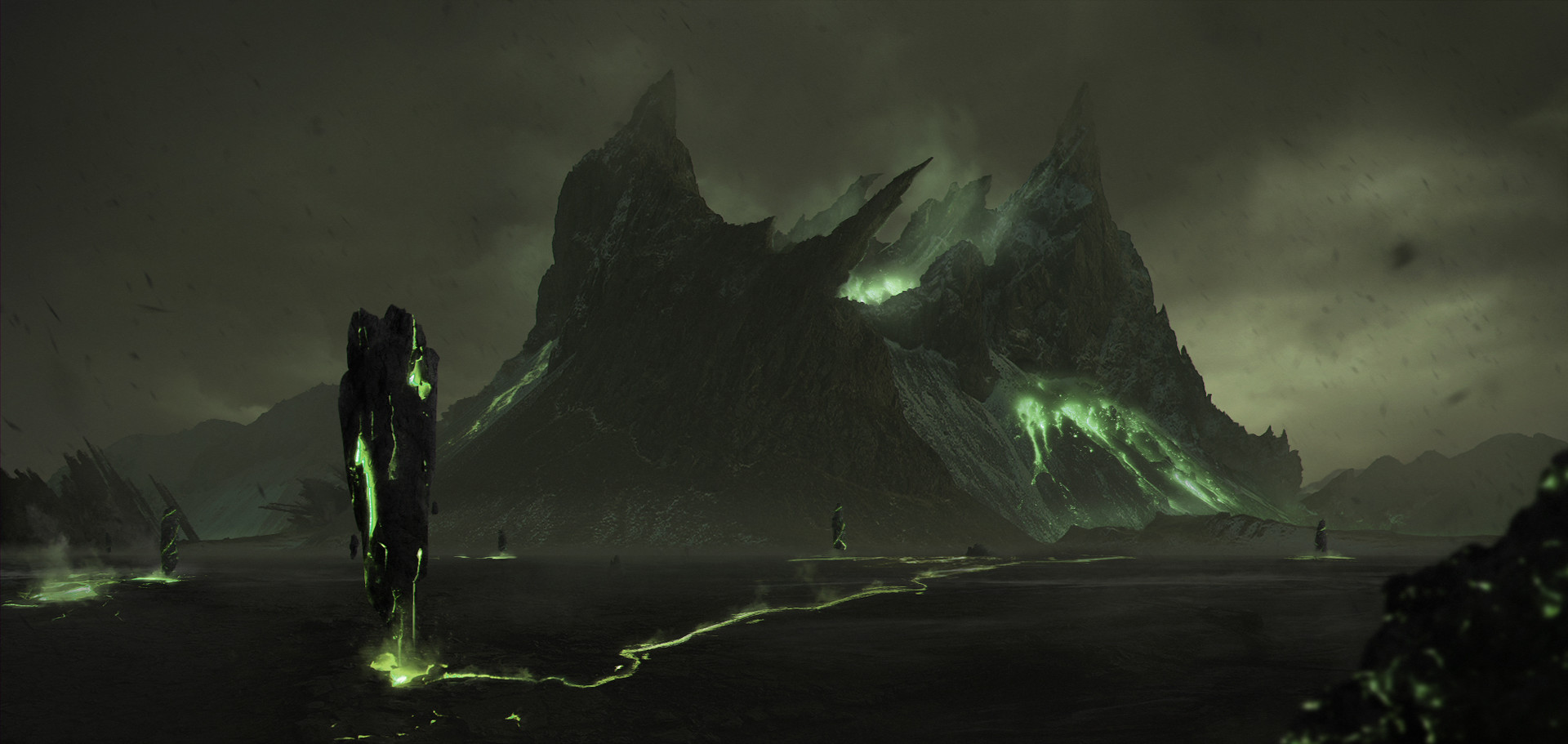
Fundamental Rules of Digital Matte Painting
It’s essential to respect the following rules to create realistic and credible digital images. For instance, perspective is crucial when many pictures are blended. To give an example, if you are working on a city, make sure all the windows are oriented toward the same perspective.
Colorimetry contributes significantly to photorealism. For example, if you blend mountain photos, it is crucial to color-match all the merged elements. This observation applies especially if the photos were taken in different places with many cameras at various moments of the day or the year. All those details shape the color of a picture.
The ratio of light and shadows is also another essential factor. You might have noticed when you look at pictures that the nearest elements are darker and the background gets lighter the further it goes. This is called atmospheric perspective, similar to a fog or haze effect. Blending distant elements with the color of the sky enhances the sense of depth of your images.
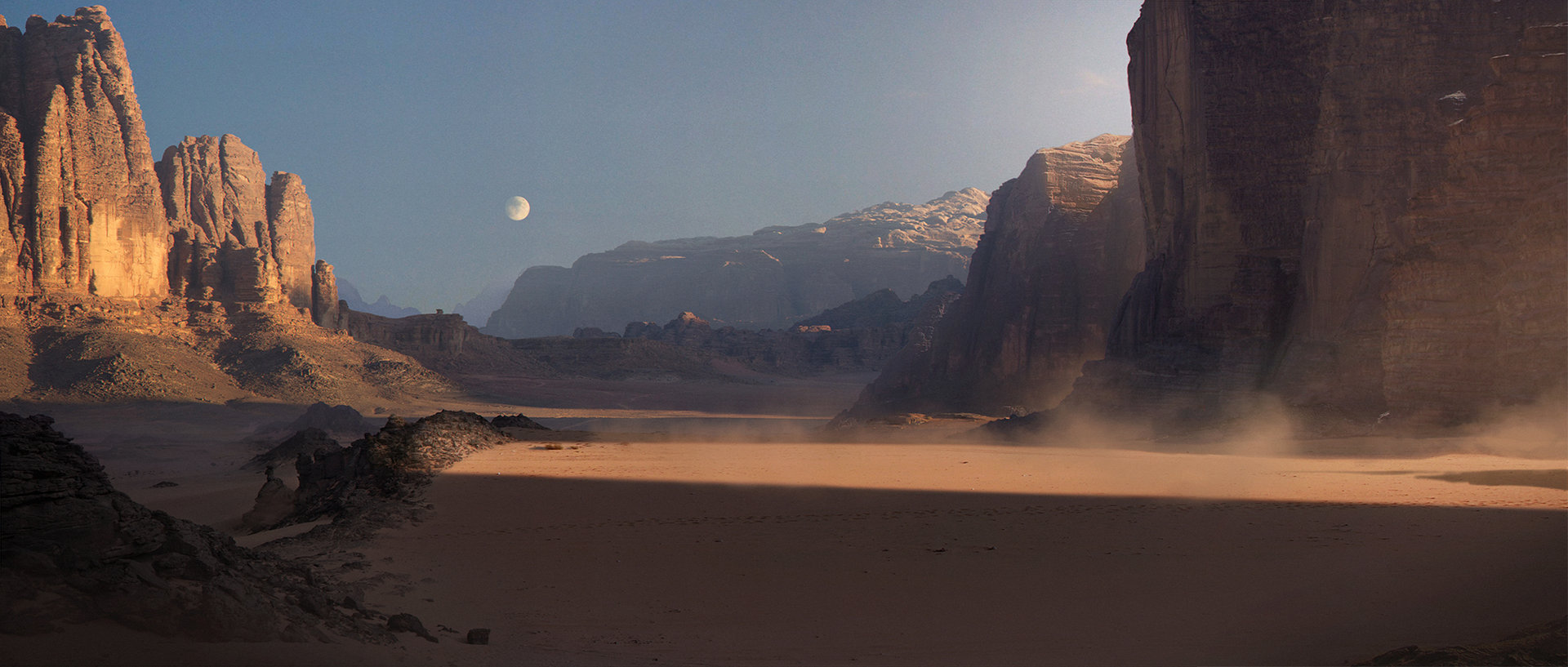
Image Bank
Access to a good and complete image bank is vital. The Internet might be the best solution to fulfill this need. However, everyone should be careful about the quality of the pictures and copyrights. Gumroad and Photobash.org are both excellent sources of stock photos. Using your camera (preferably with a good lens) to create your bank of images is also a great idea. On the other hand, be aware of the time it might take to travel to gather as many different landscapes as possible.

Conclusion
Matte painting is an art carried out through patience and time. A complete understanding of the way that light, shadow, and color dynamics change depending on the surface, time of day, and distance is vital. Therefore, I suggest the reproduction of reality through reference pictures rather than pure imagination. Following such discipline will help you to create realistic results.
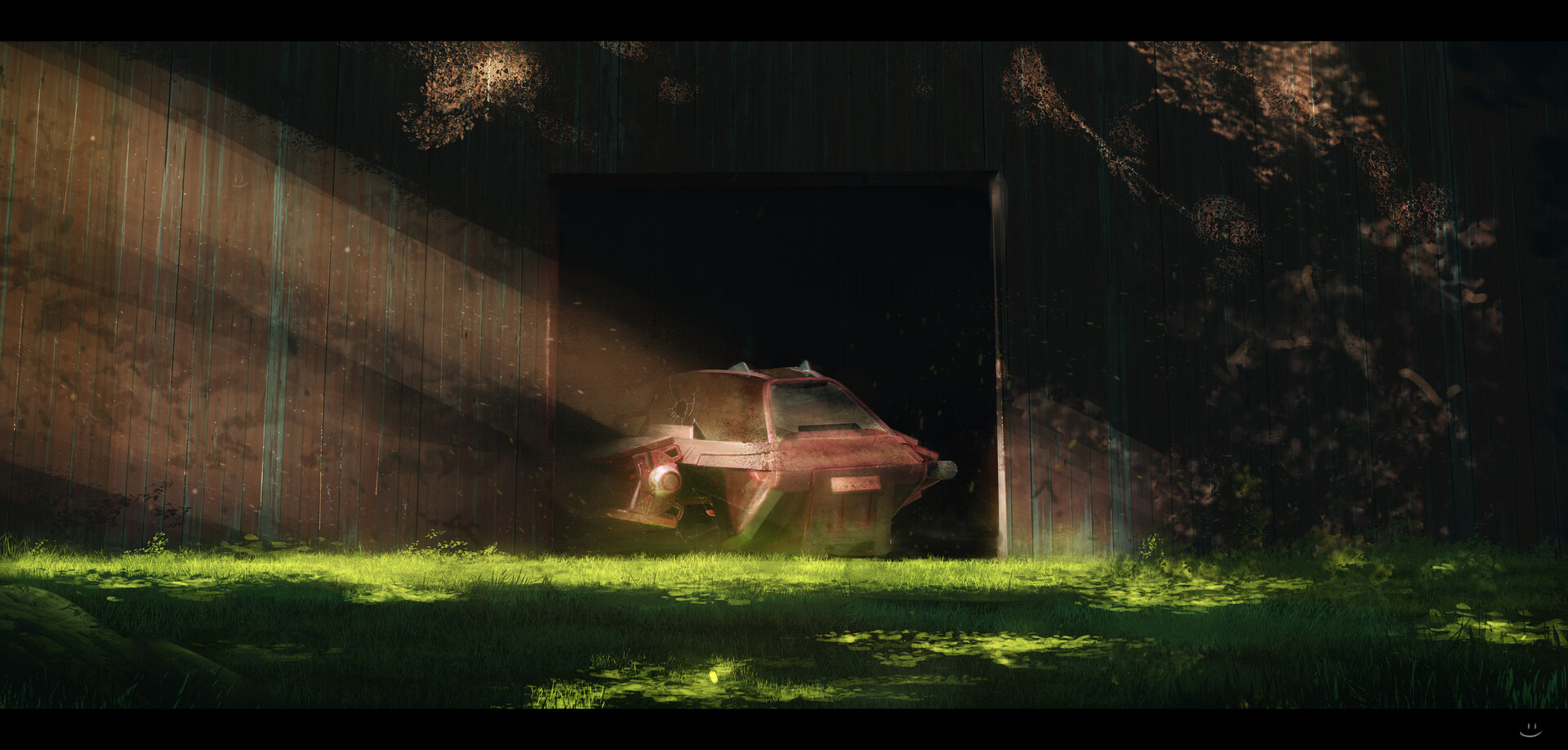
About the Artist
Hi! My name is Benjamin Nazon. I am a concept artist and a matte painter. I work for companies such as Mathematic-TV, Eurosport, and Hexis.
I am presently studying lighting techniques in real-time on UE4 to gain new skills. I enjoy helping and sharing about art and welcome you to contact me on my ArtStation page or my website if you need help!
https://www.artstation.com/benjaminnazon
https://www.bnazon.com/
Interested in concept art or what it takes to become a concept artist?
Check out the link below!








